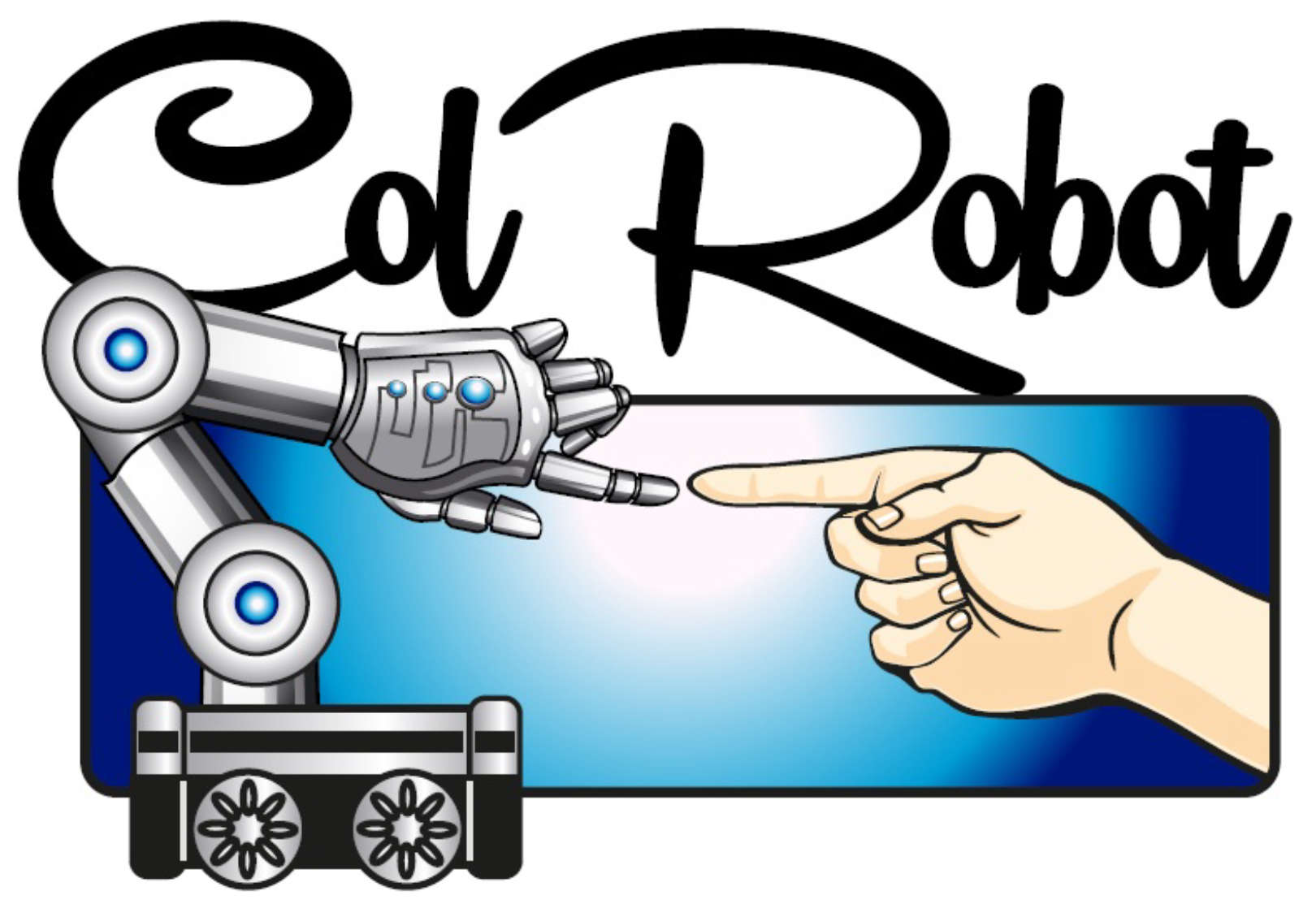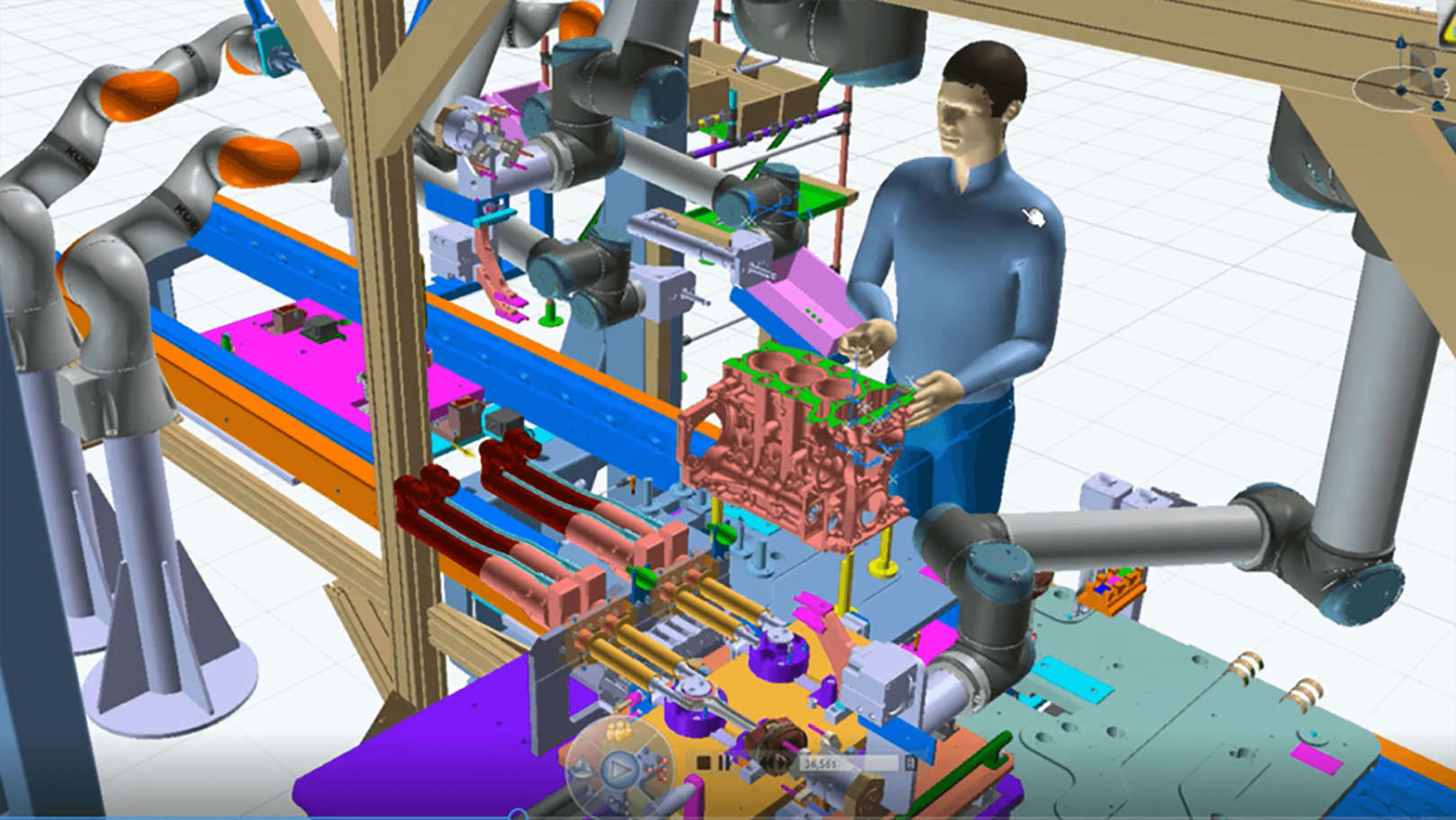About
Paulo Rebelo completed is master degree in Electrical and Computers Engineering, in the filed of industrial automation in March 2017, with a specialization in industrial robotics at FEUP - Faculty of Engineering of the University of Porto. During the year of 2016, he developed his master thesis in Continental Mabor, in Lousado, where the main goal was the automation of a calendered rolls cut system at one specific machine of the company.
Nowadays, he is a researcher in INESC TEC, in Porto, since March 2017. Here, he worked in several projects in different areas: mobile robotics, collaborative manipulators, artificial vision systems, automation systems and IoT systems (Industry 4.0), these were his expertise areas.
To this day, he has worked on the following projects: FASTEN, ScalABLE4.0, MANUFACTUR4.0, PRECISIONcork, MTEX-Multi and PRODUTECH. Conciliating to development it also does a bit of project management.




